
What Is Hypoglycemia?
Hypoglycemia means your blood sugar is too low. Hypoglycemia is most often related to diabetes treatment, and symptoms of low blood sugar need immediate attention.
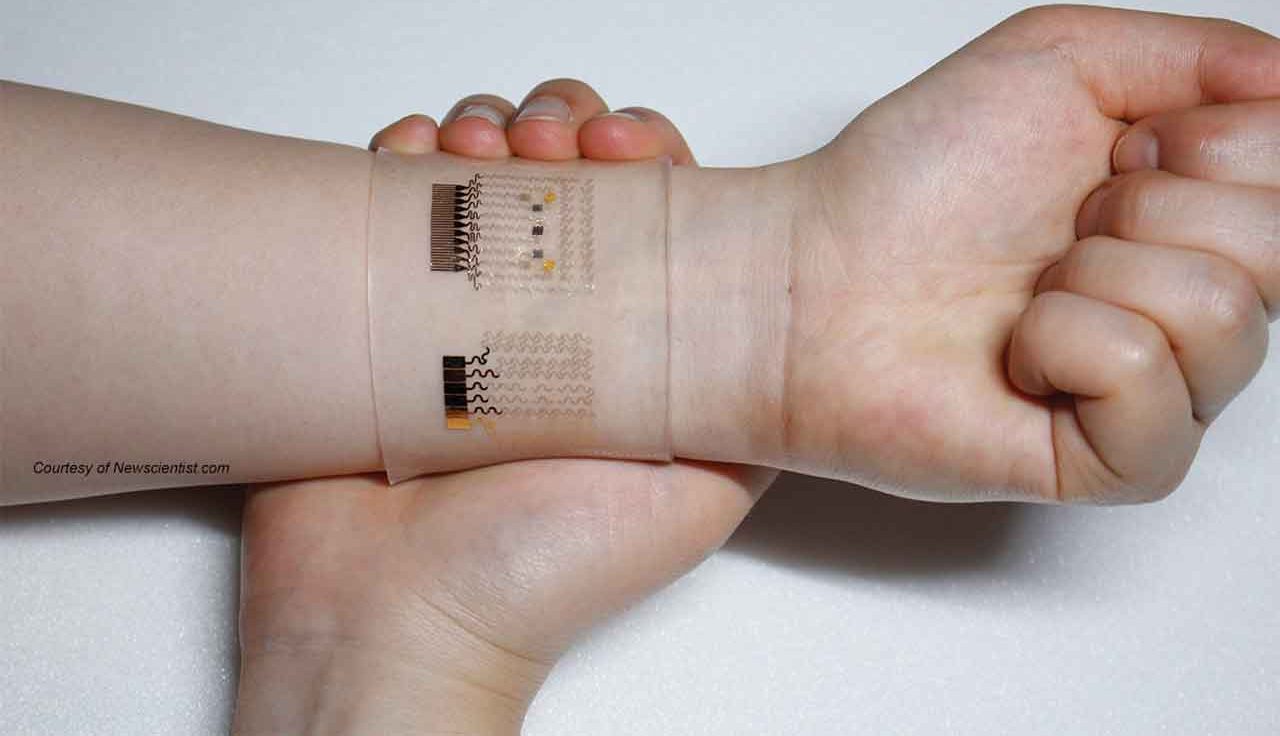
Imagine keeping track of your blood glucose levels without pricking your fingers.

Type 1 diabetes causes don’t involve what you eat. Instead, type 1 diabetes is an autoimmune disease resulting from certain genes and environmental triggers.
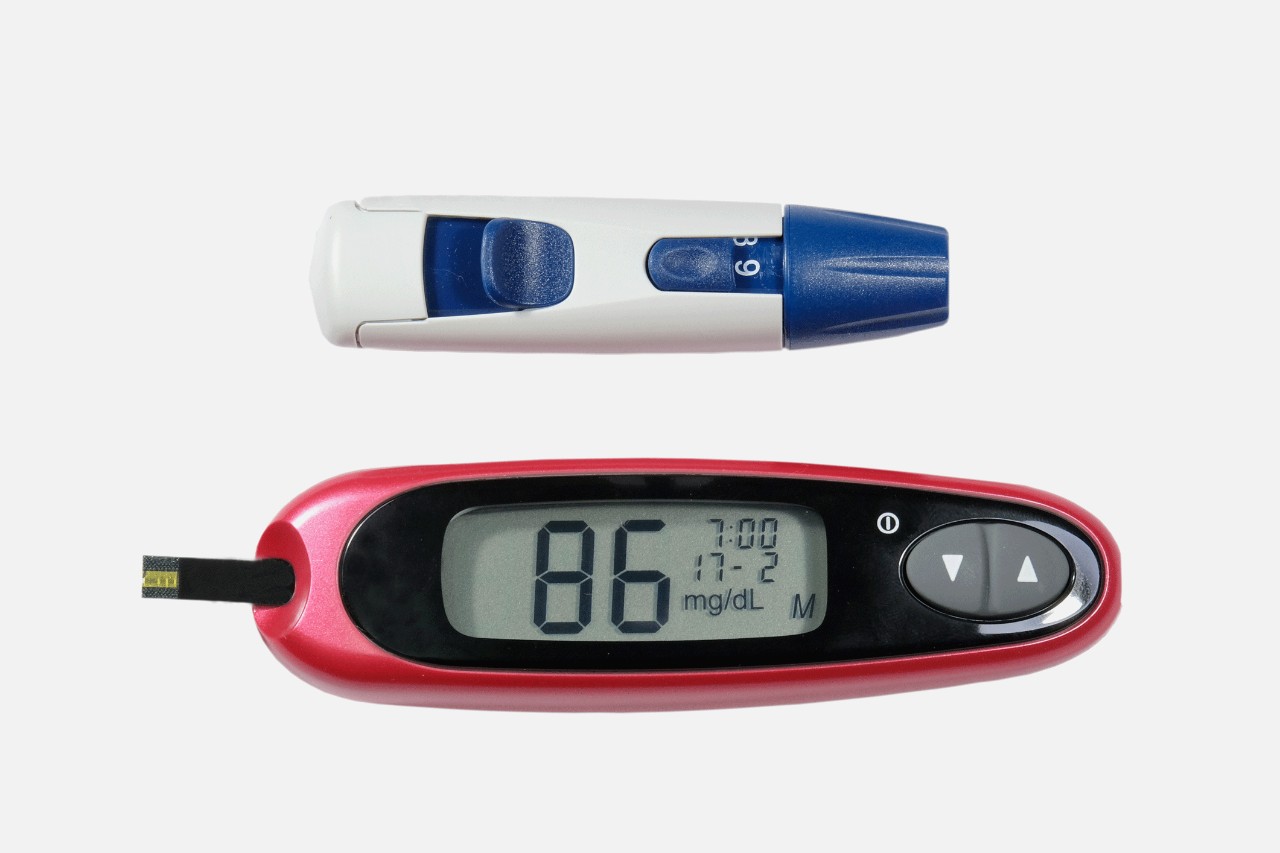
What is the normal range for blood sugar? You may not have diabetes but could be one of the many Americans with prediabetes, with levels higher than normal.
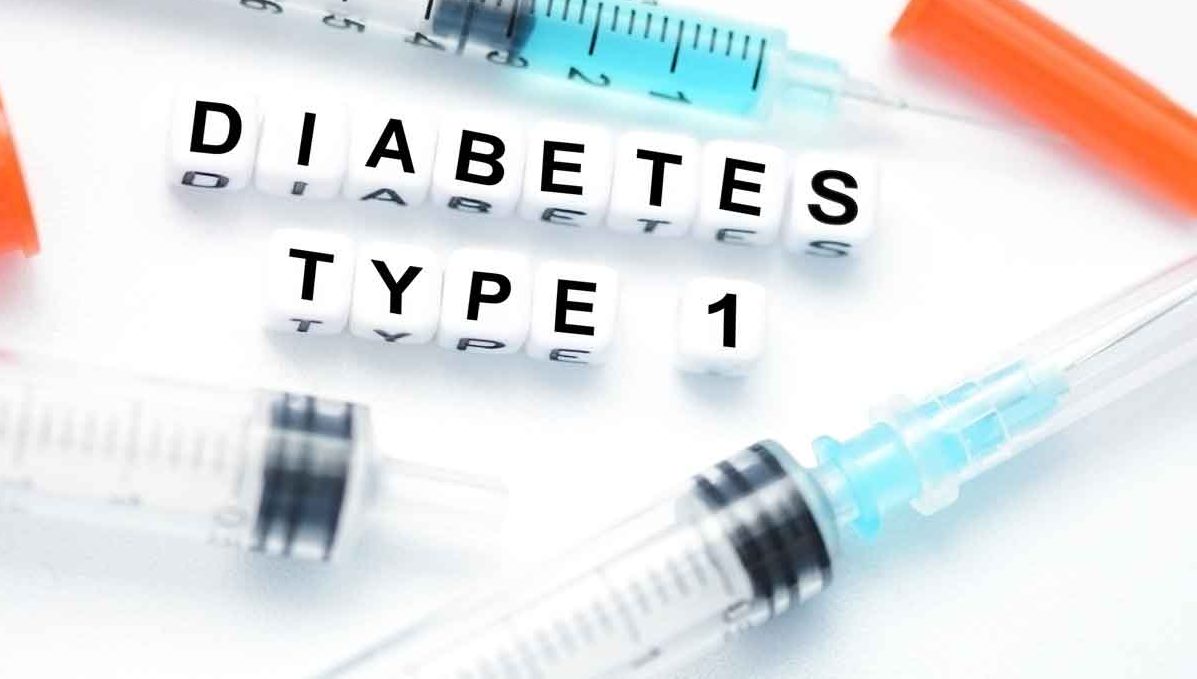
Type 1 diabetes symptoms mimic the flu. Some symptoms of high blood sugar are quite similar to flu traits. Here are early signs of diabetes.

Don’t wait for chest pain. Heart attack symptoms when you have diabetes are more likely to include fatigue and trouble breathing. Learn which signs to watch for.
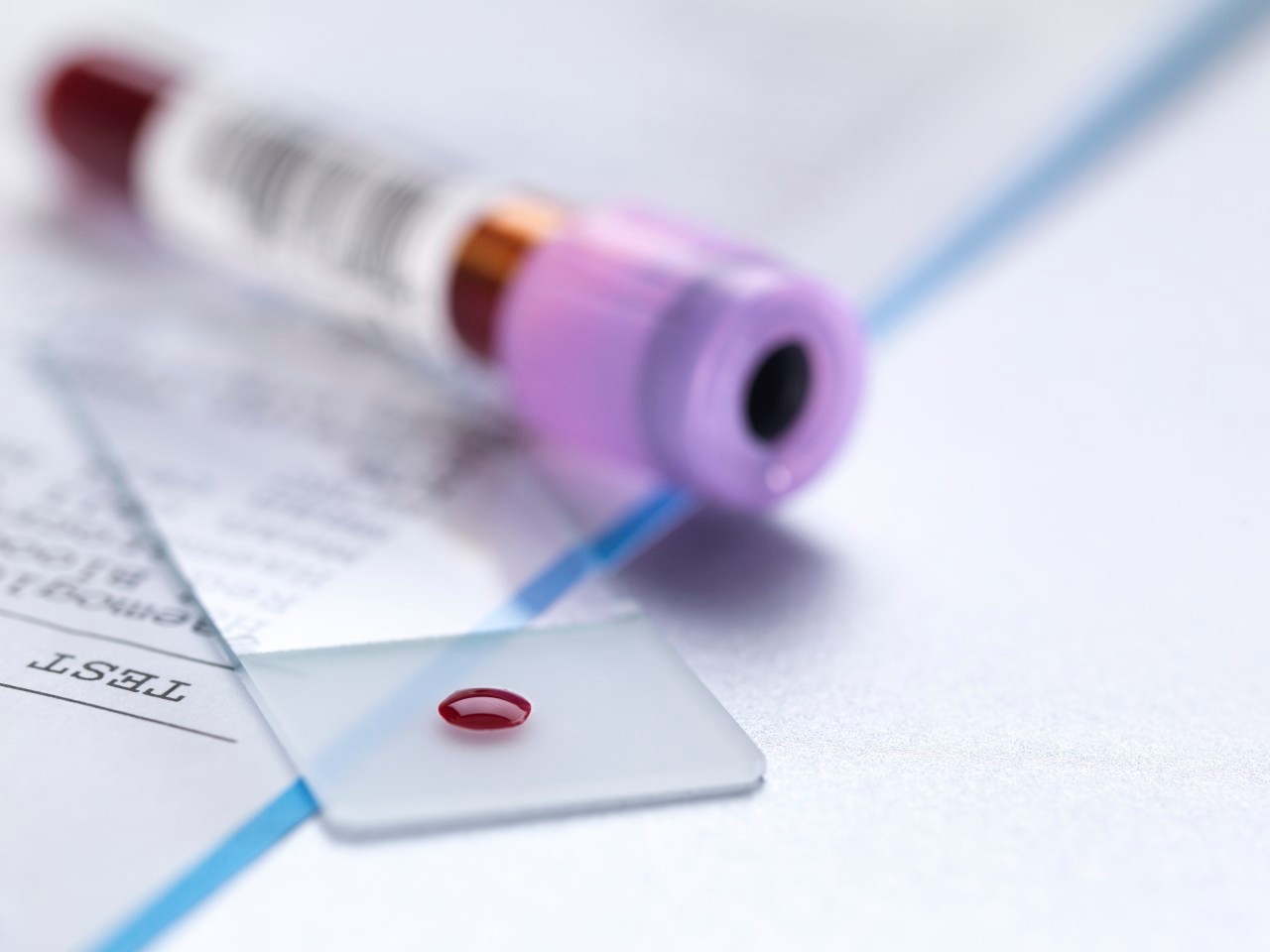
A fasting blood glucose test lets your doctor screen you for diabetes and other dangerous conditions. Who should get a fasting blood glucose test? Learn here.
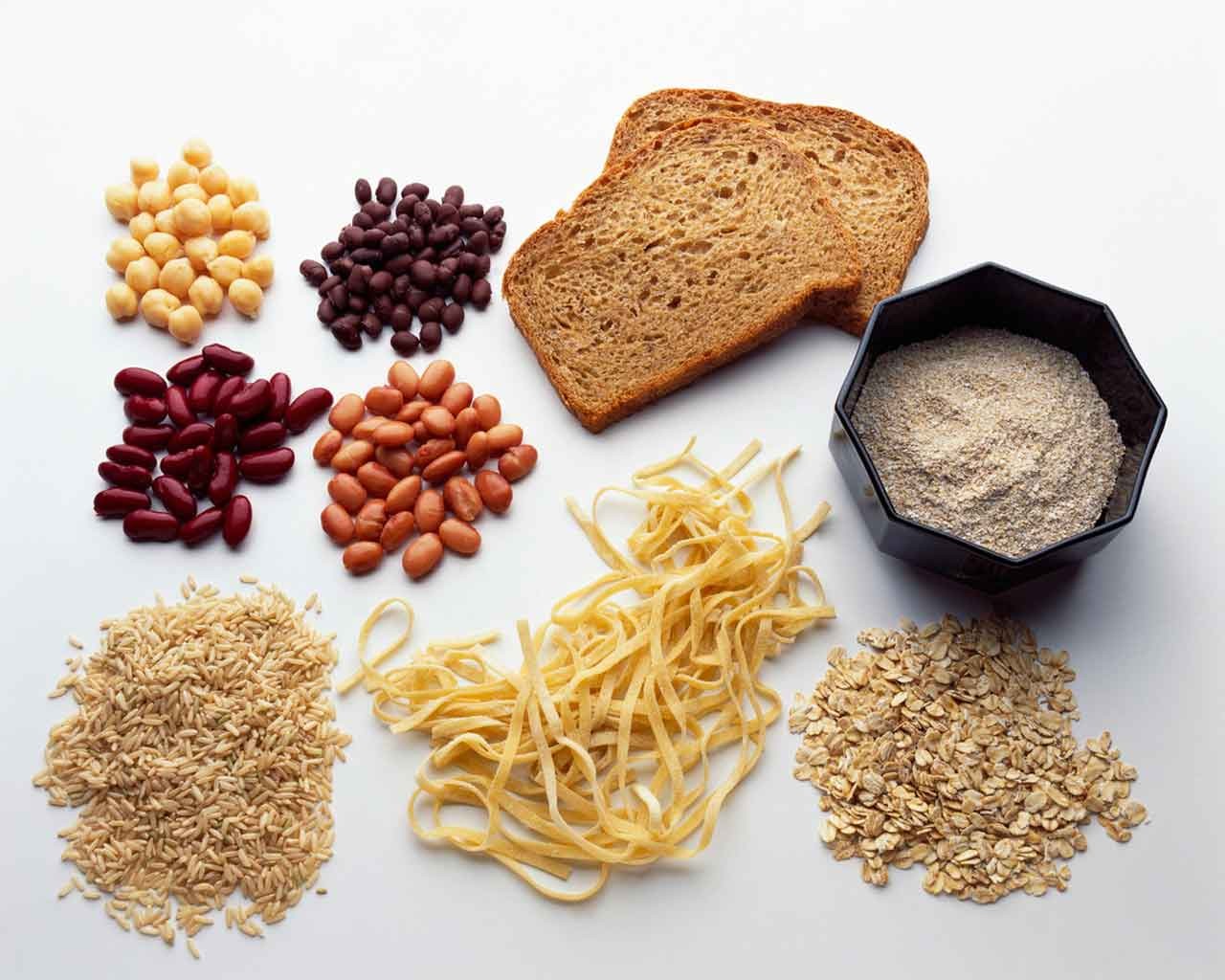
Many alternatives have been developed to evaluate how foods affect blood sugar, including glycemic load.
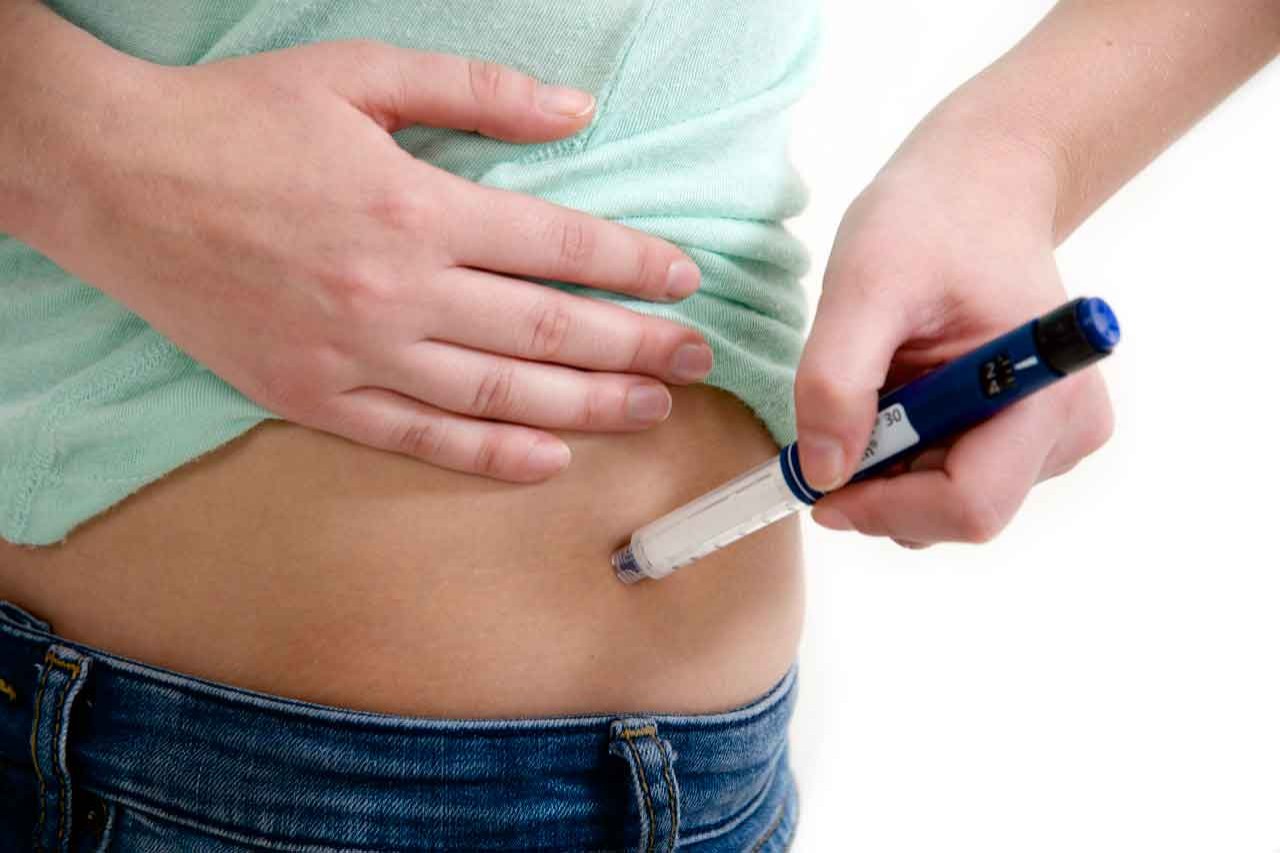
A new treatment holds out hope, but no guarantees.

An A1C test can diagnose diabetes and monitor blood sugar levels over several months. It can also identify prediabetes, which raises your risk for diabetes.

Help for a common source of pain, diabetic peripheral neuropathy, may come from an everyday vitamin found in sunlight and foods — vitamin D. Here’s what you should know.

Whether you have diabetes or not, keeping blood sugar in a healthy range is important. Learn about foods that lower blood sugar, and include them in your meals.

Your arteries contract during a heart attack, making the aftermath worse.

Peripheral neuropathy (damage to nerves outside the brain and spinal cord) results in pain, tingling, and numbness in hands and feet. Diabetes is a common cause.